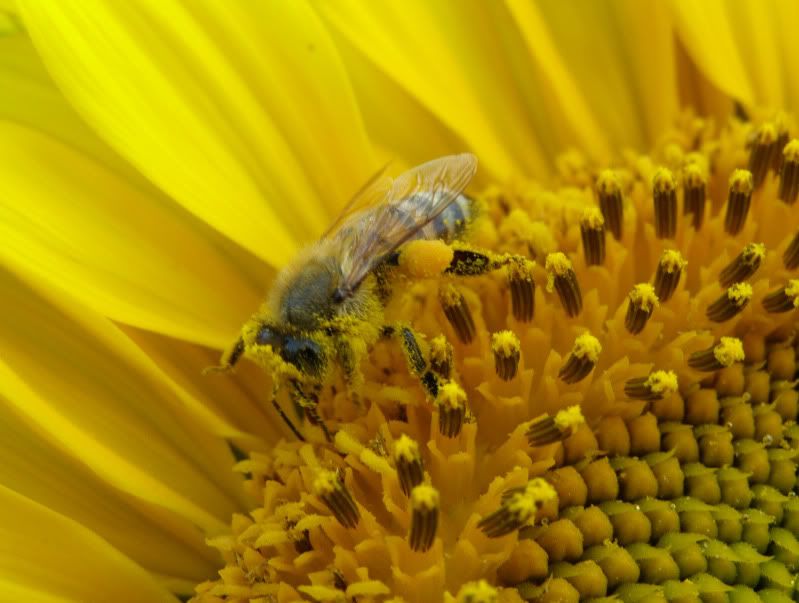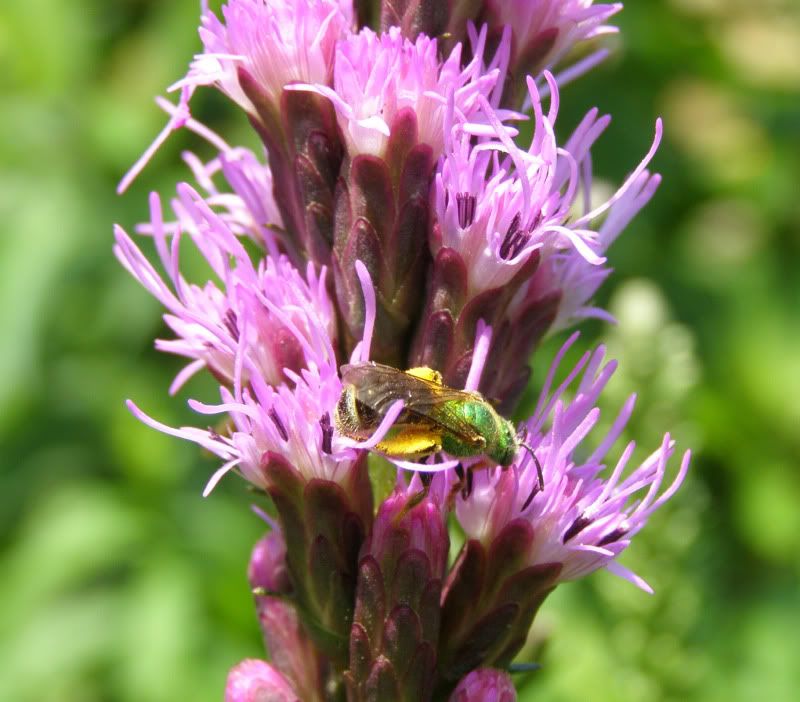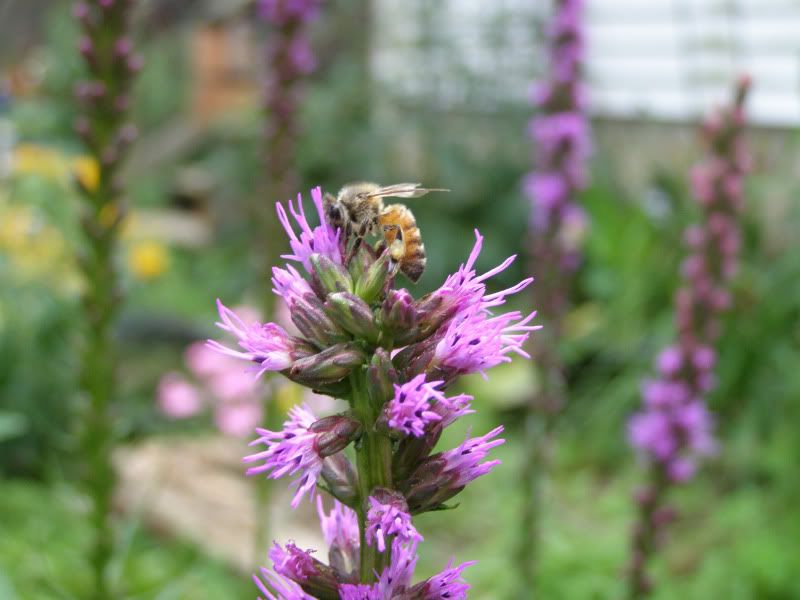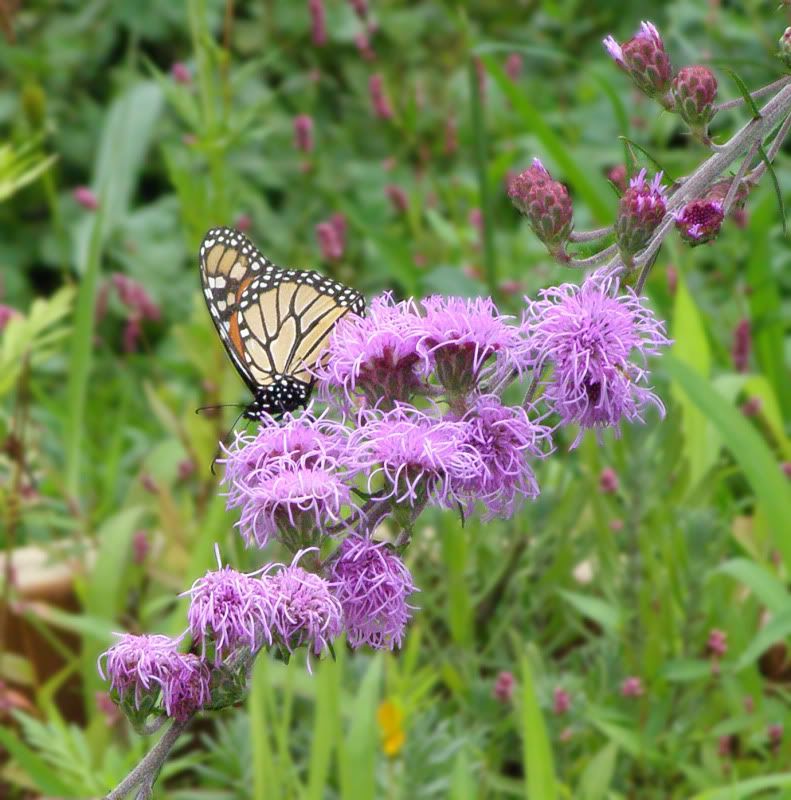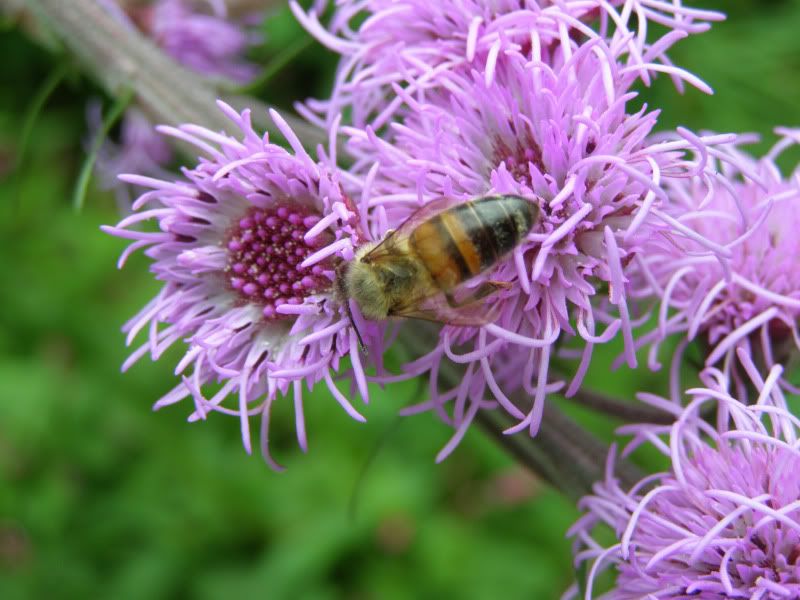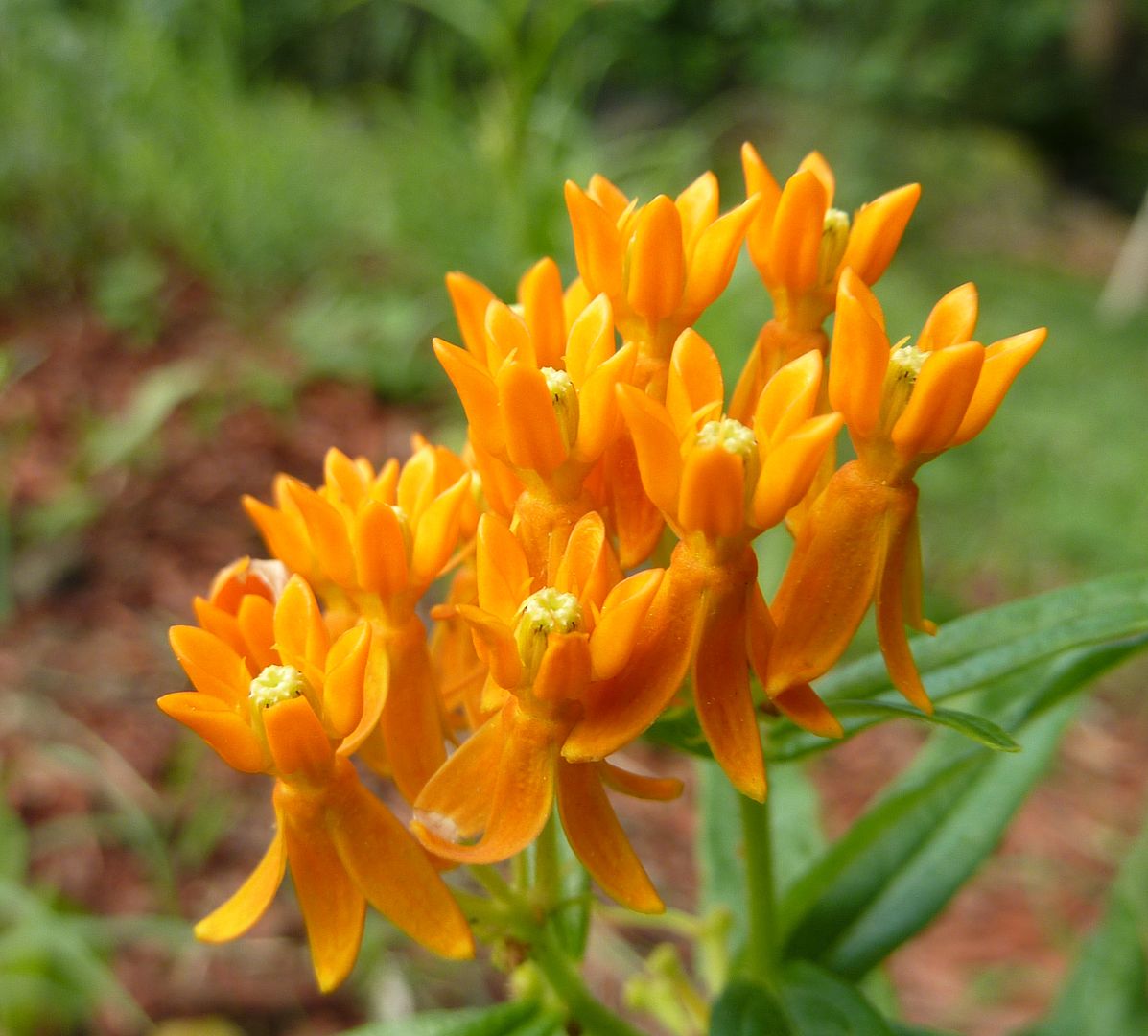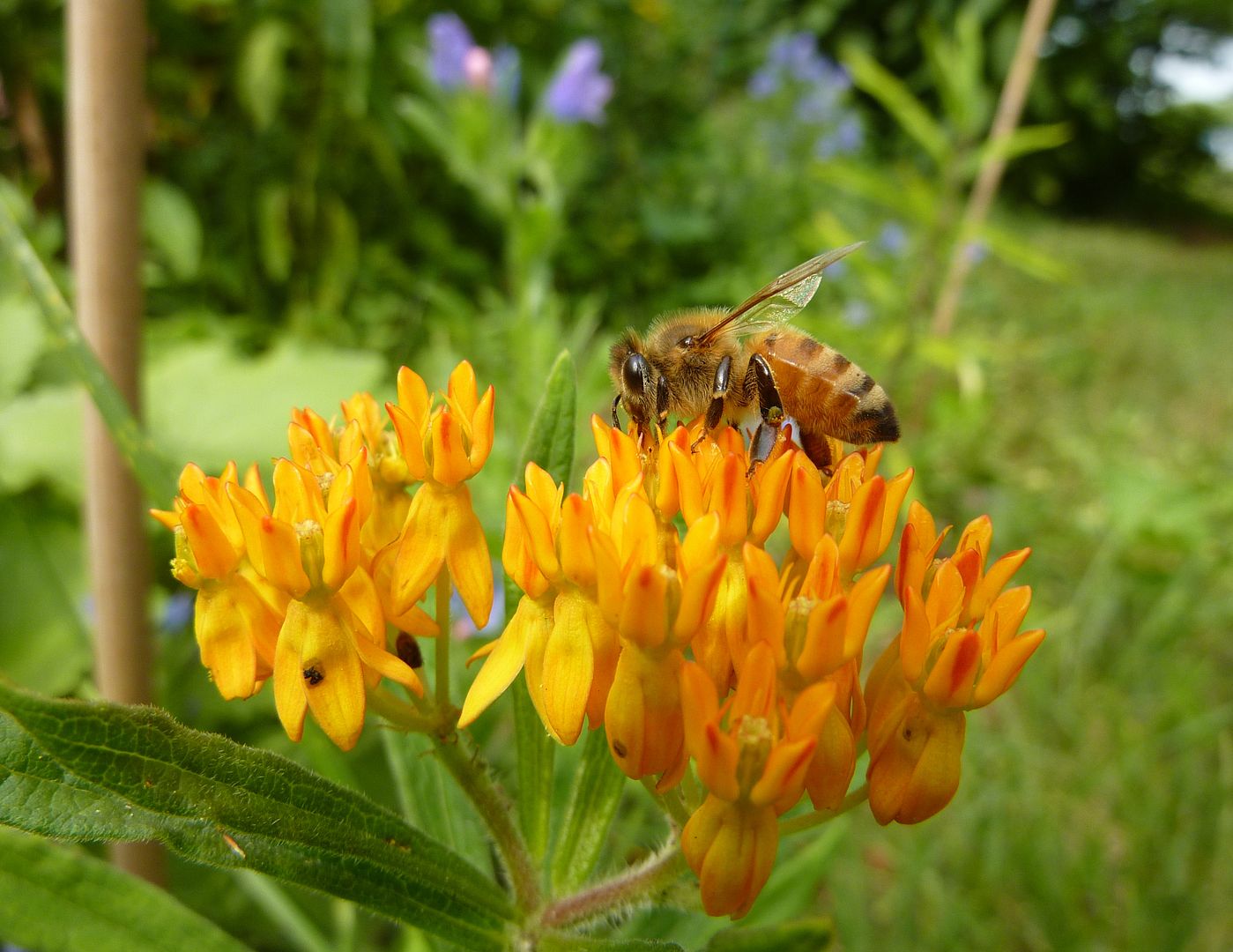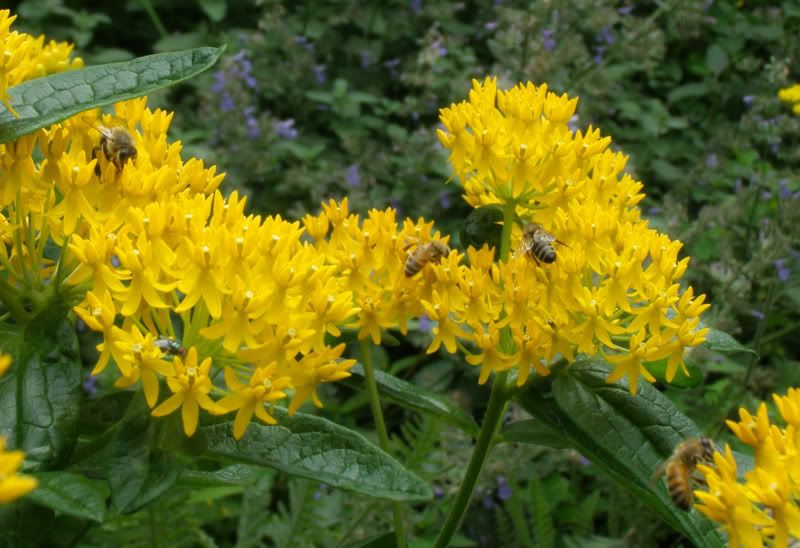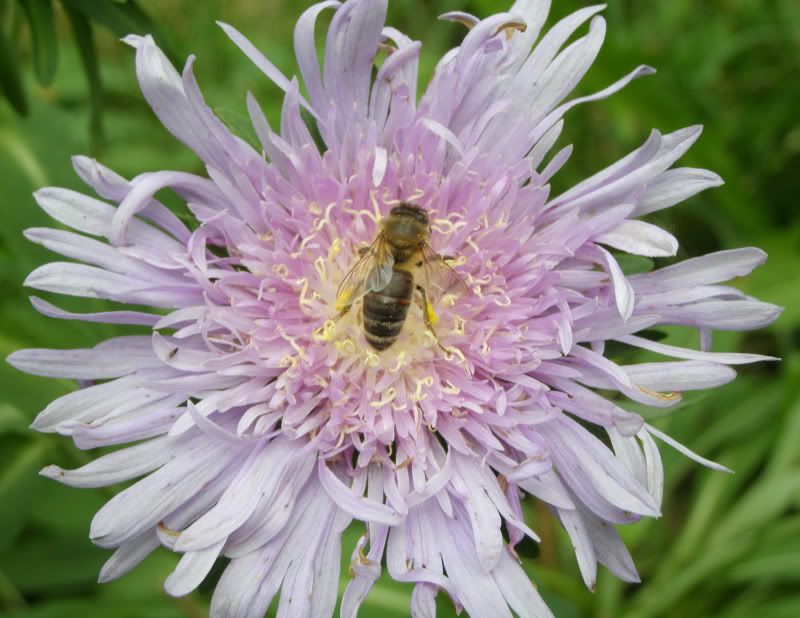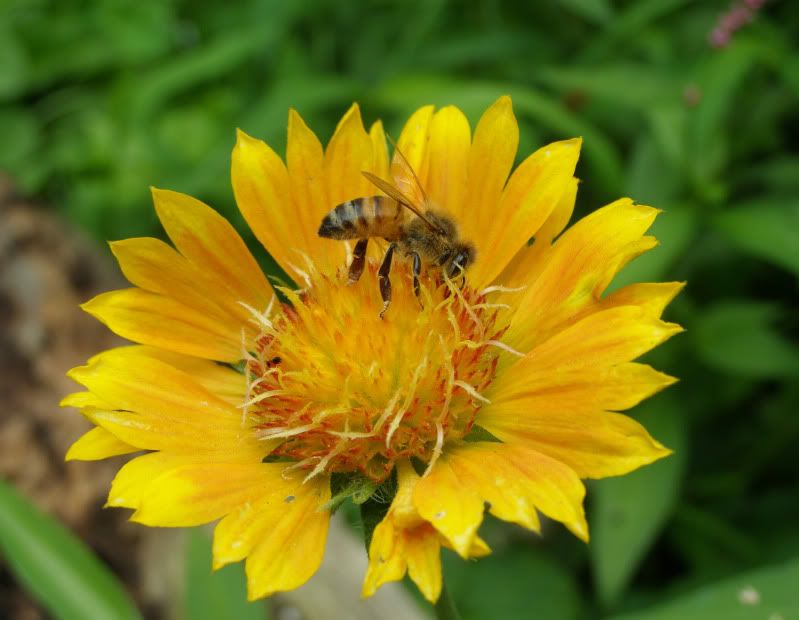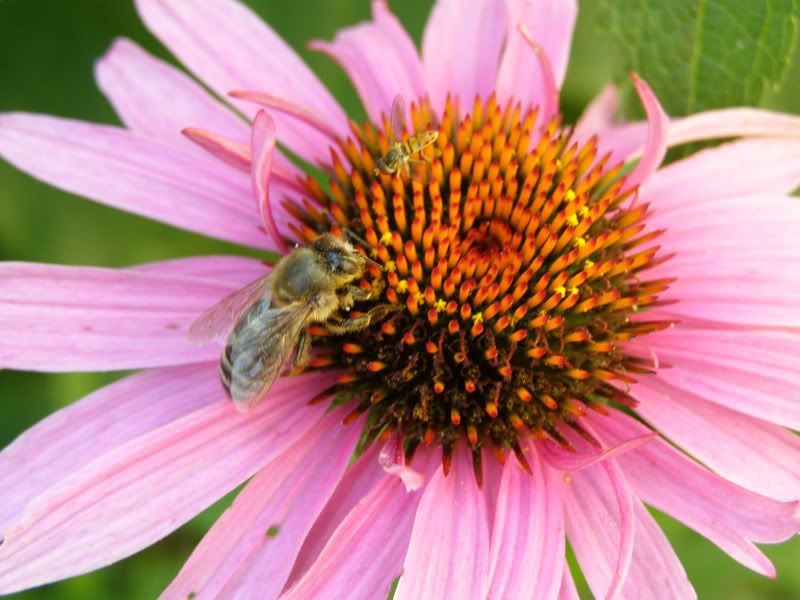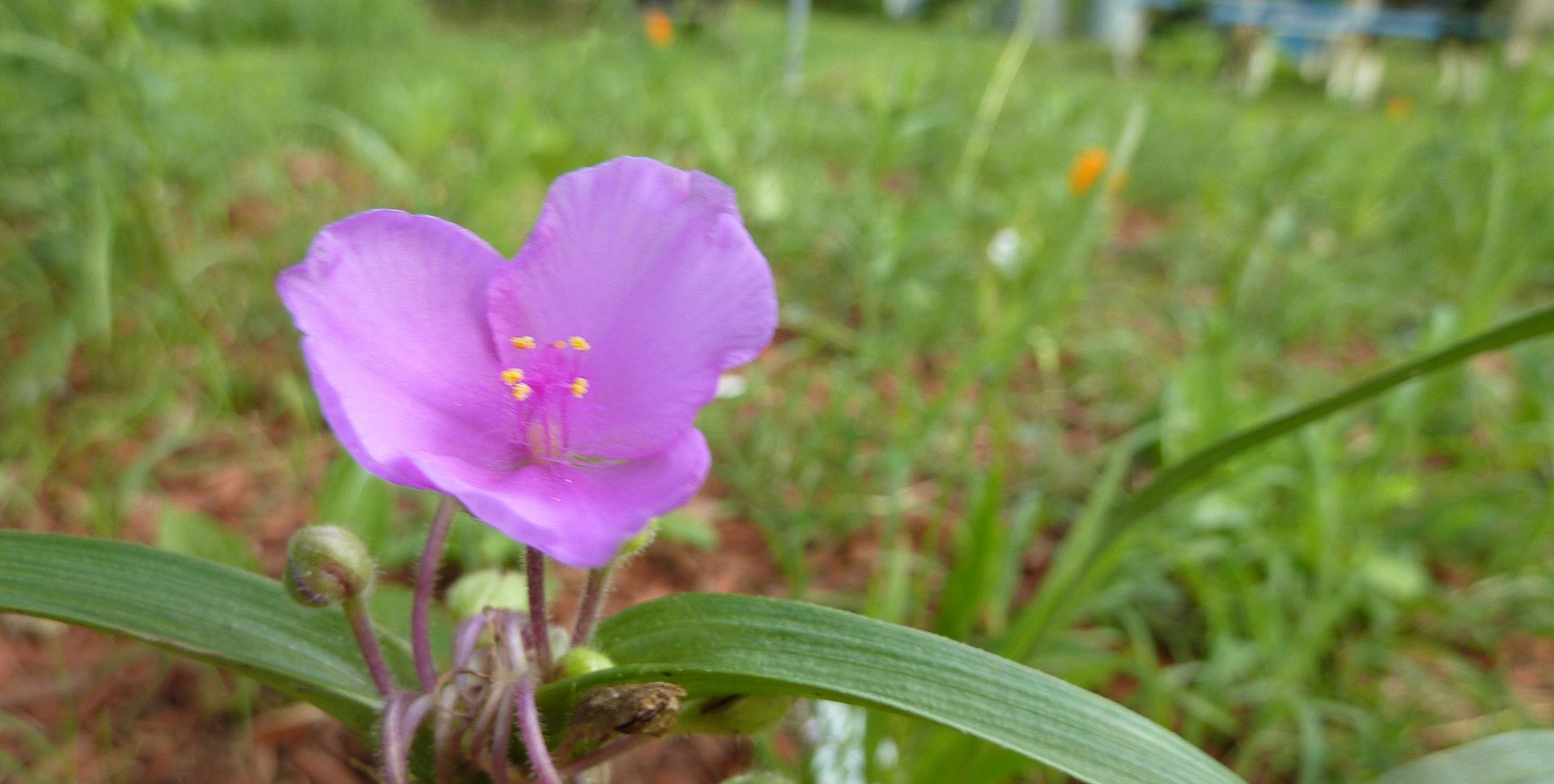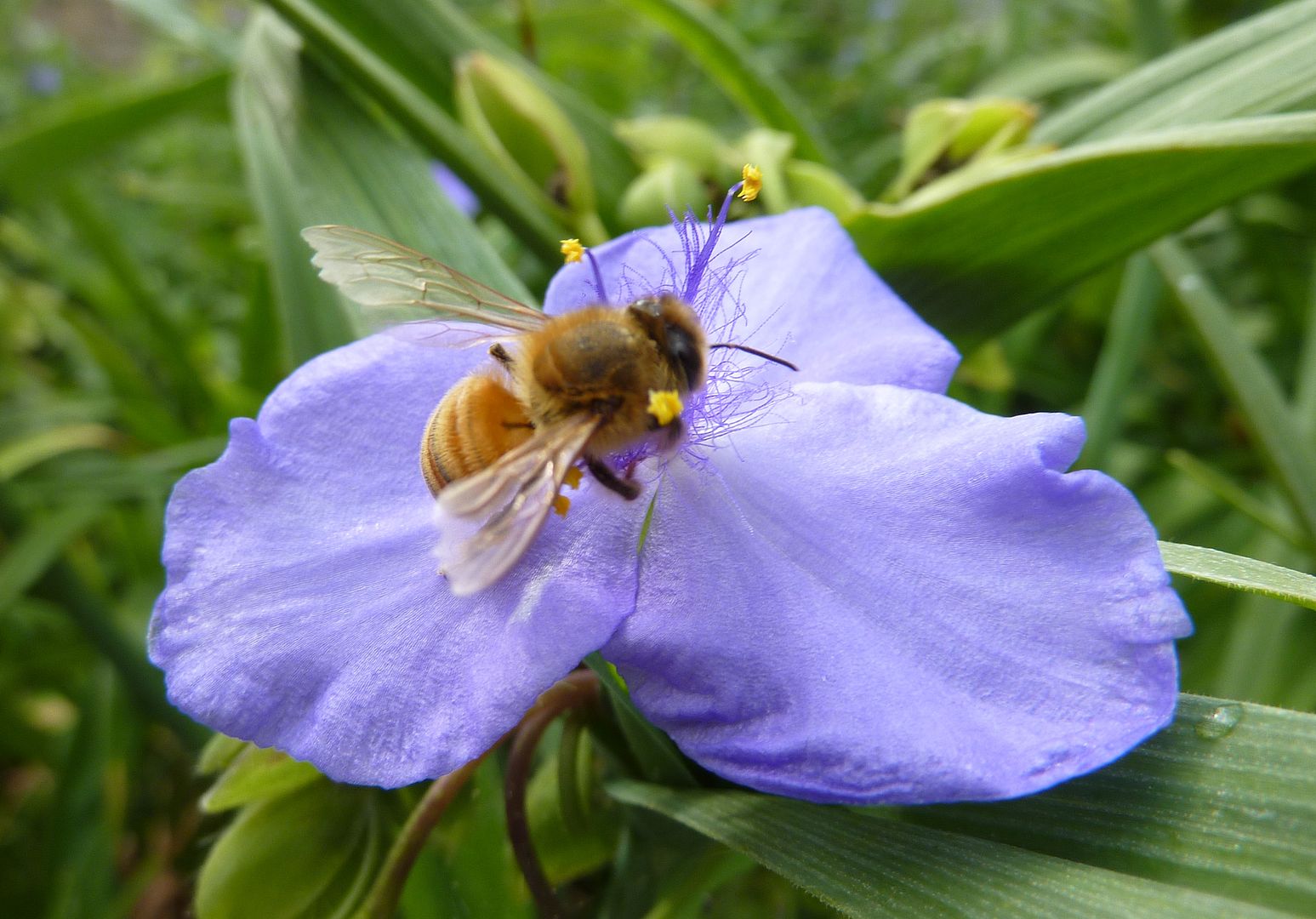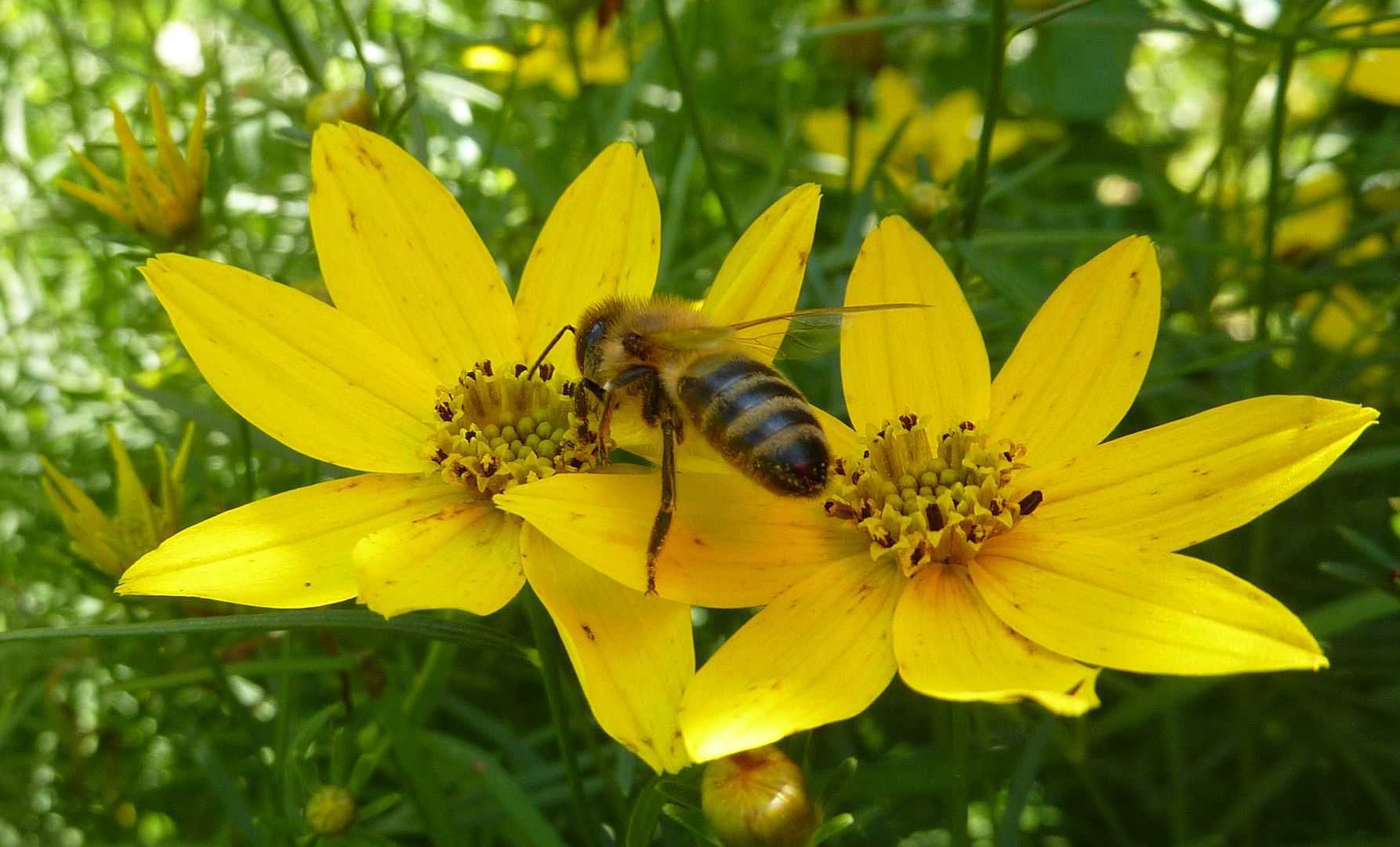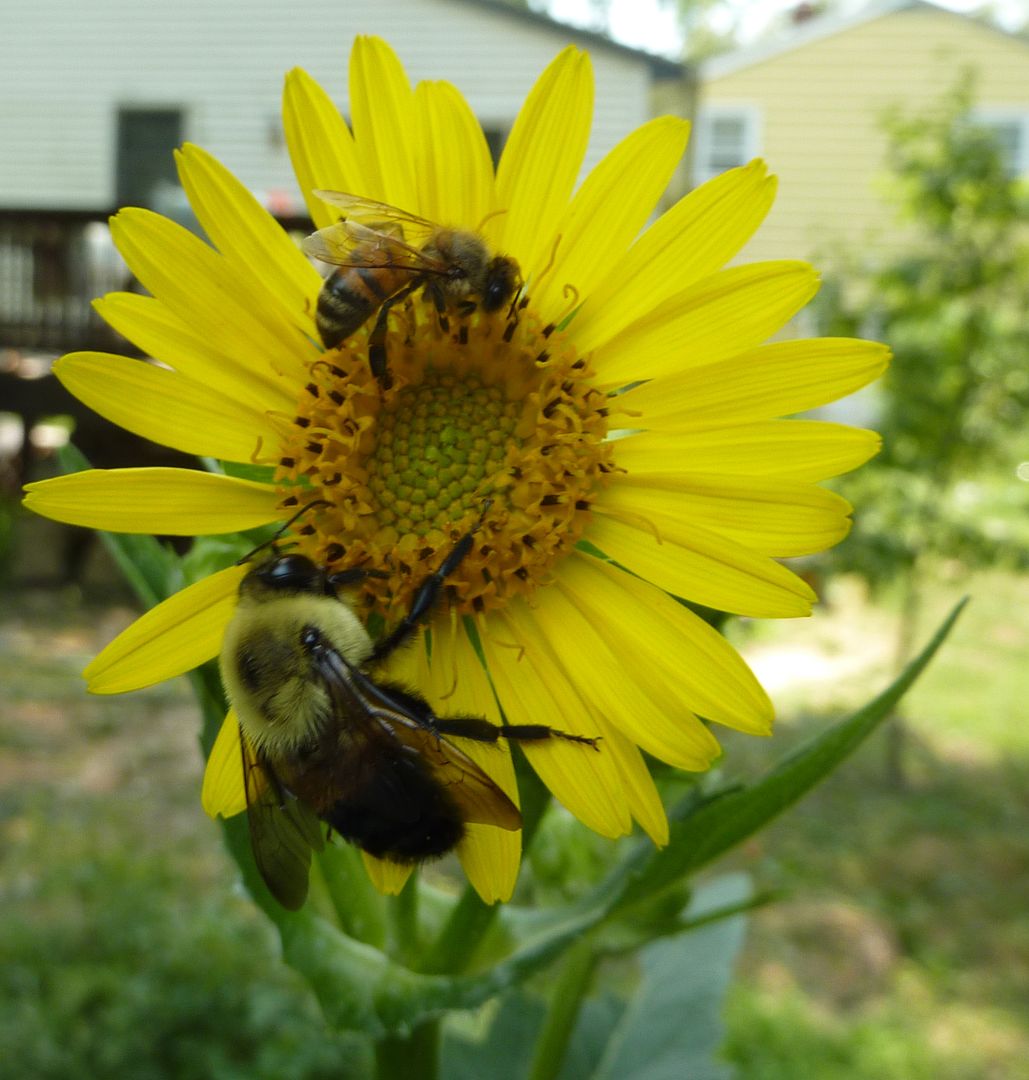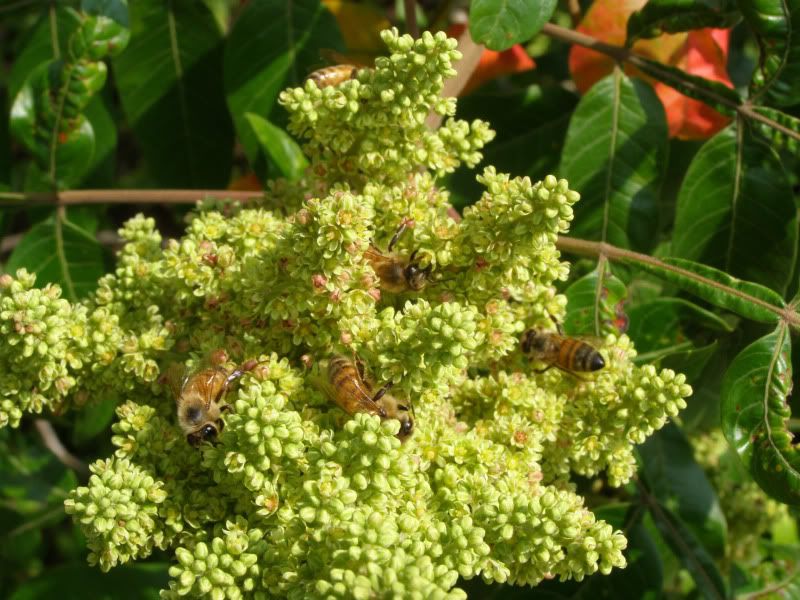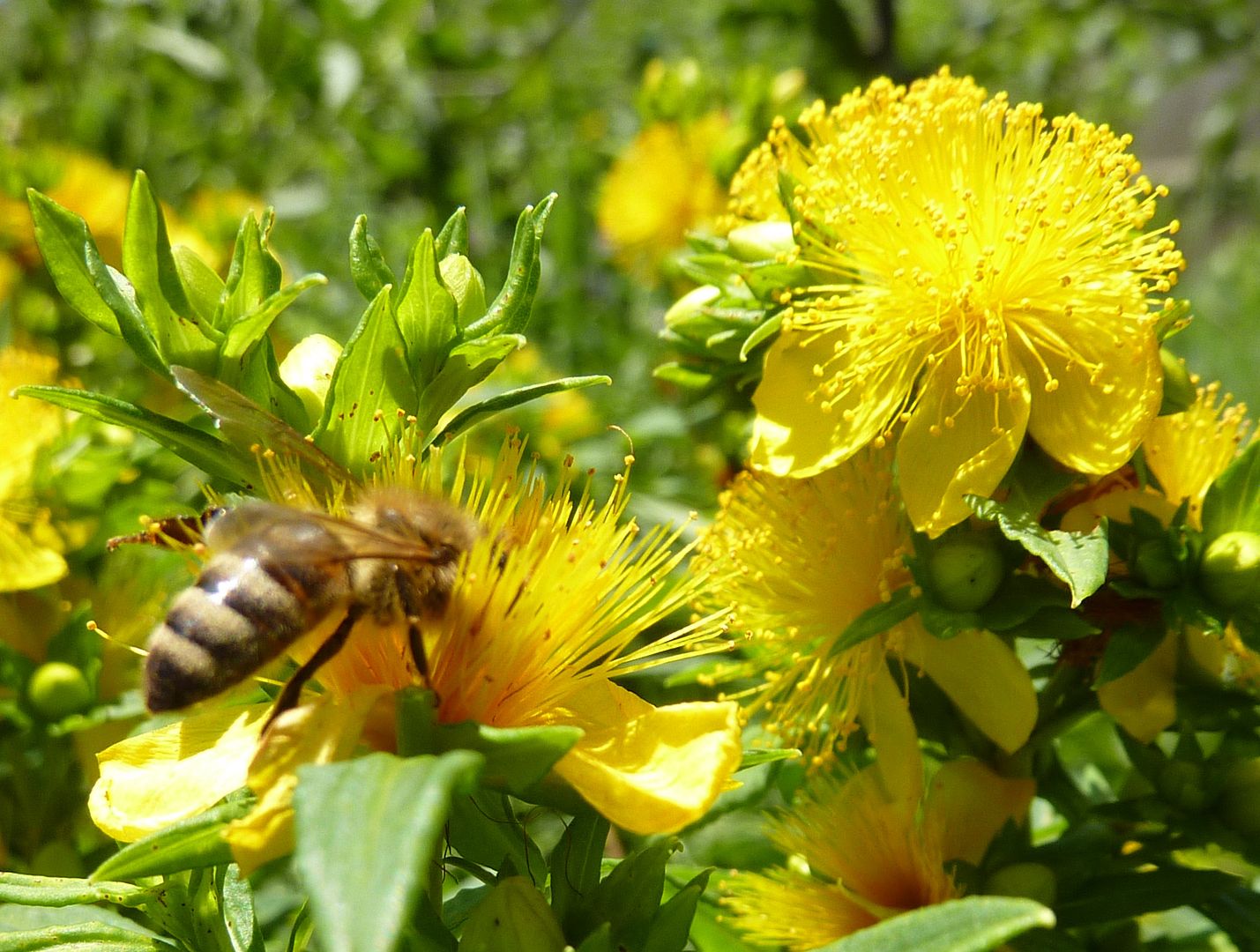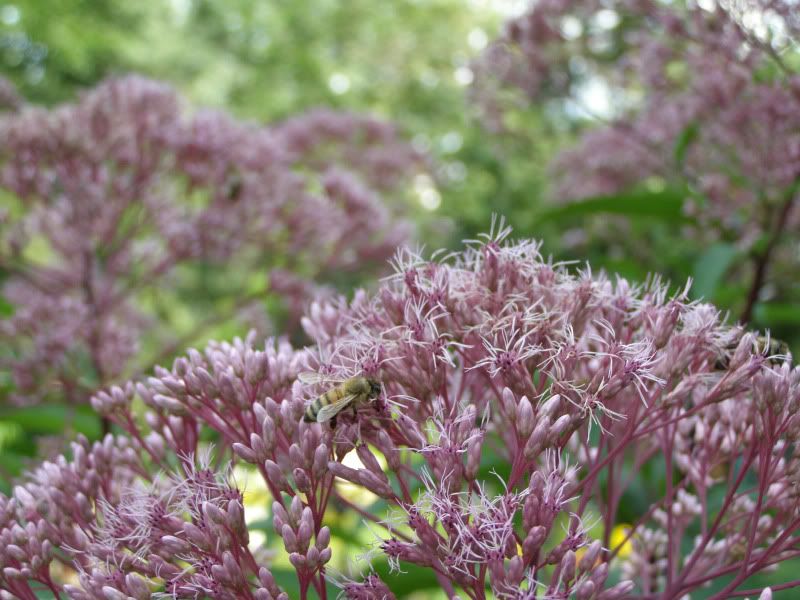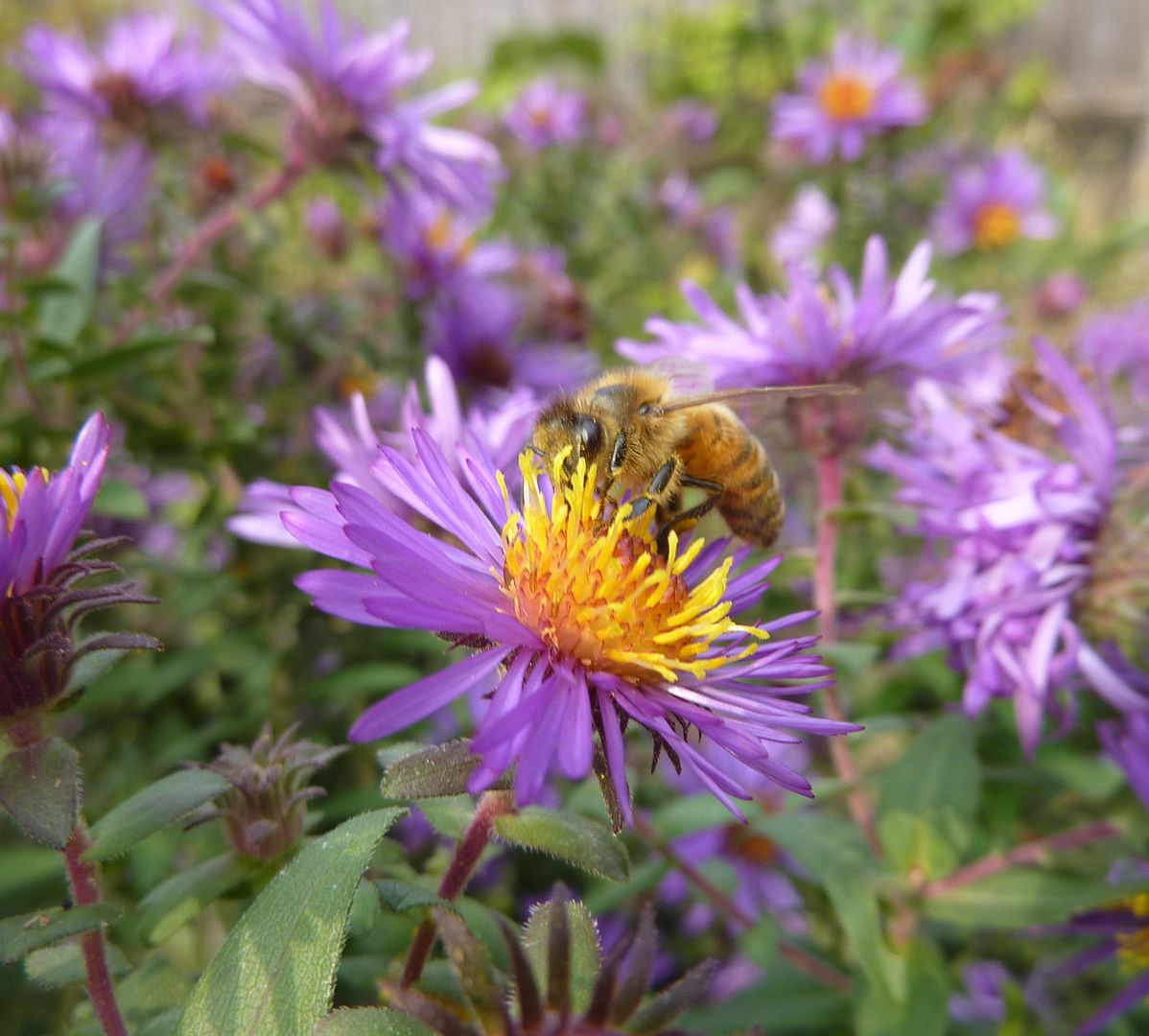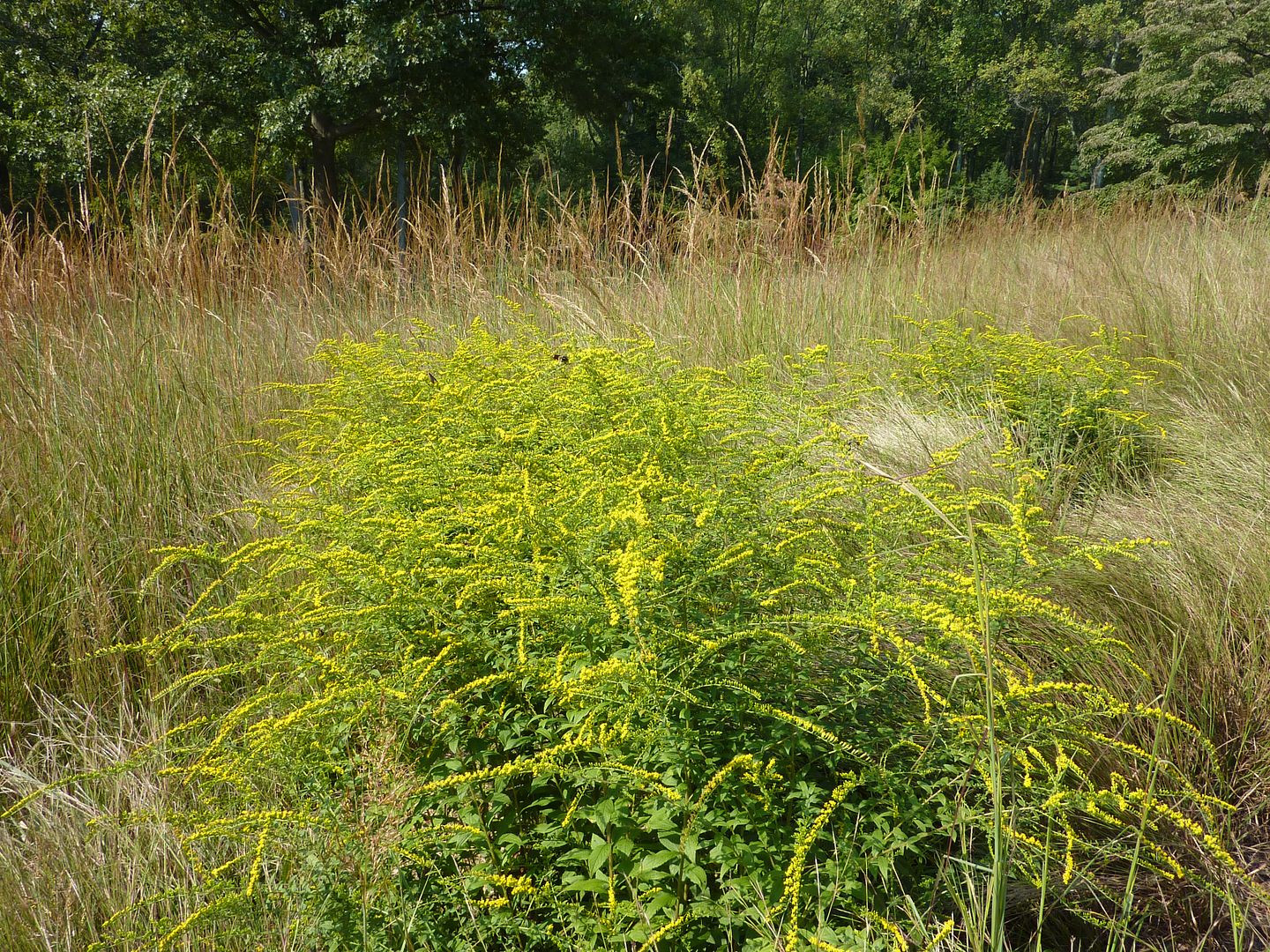The first, is that it takes 21 days for a worker bee to be born. Honeybees don't take any of the old nest with them, but rather have to build new comb wherever they decide to settle down. That's 21 days where the population is getting lower and lower. So the sooner swarming can occur the sooner they can start becoming productive. The saying around here is "swarm after July, let it fly." This is true enough, but of course all they really need is lots of help. Boosting with frames of brood or already drawn frames of comb, as well as maybe extra feeding, should help any hive along.
The second reason is likely the ever prevalent sources of nectar available to the bees. As early as February all the trees start blooming here. Willows, Maples, Hazelnut, quickly turn into Dogwood, Redbud, Poplar, Oak, Magnolia, Cherry, Basswood/Linden, Birch, and assorted Fruit Trees, such as Apple, Plum, Pear, Peach and so on. Before the end of spring, Honey Locust Trees, and White Dutch Clover will bloom, which are two of the most abundant sources of nectar locally here in NJ.
The abundance of food available makes spring time the easiest for bee swarms. Even before they've found a place to live, hanging swarms send out foragers.
Here Chip Taylor (Chuck?) over at Monarch Watch has caught a swarm using a chemical swarm lore.
I often hear beekeepers proclaim that they're hives are good for the environment. In truth, Apis millifera, is a nonnative species that was imported to aid with mono-cultural farming. Their native range is most of Africa, Europe, and about the western third of Asia. A food crop in their own right, Honeybees have become something of a backyard hobby for community gardens, people with to much land, and even city residents.
So their nectar needs are pretty much filled in the spring time. This leaves people wondering what bees work, or more precisely, what they can plant to help their honey yields.
Asking your local beekeeping association and they'll likely recommend: Purple Loosestrife, Japanese Knotweed, Kudzu, Catmint, Chinese Popcorn Trees. Generally the more of a noxious weed and invasive it is the more honeybees love it. Ask anyone who is environmentally conscious and they'll tell you NOT to plant any of these!
Why Do Honeybees Love Invasive Plants?
This has to do with the way Honeybees communicate to one another.
Minus a strange comment about "if the bee doesn't stop dancing immediately she will be stung to death" this is fairly accurate.
So we have an entire society of around 60,000 bees with many of them acting as foragers. As they find abundant sources of food up to 6 miles away from the hive, they have to return and tell the other foragers what and where they found. Invasive plants tend to take over or be very abundant where they occur. So naturally when they discover such a food source they take full advantage of it, passing over other, less abundant sources in the process. In essence they get distracted. As mentioned before they are used to pollinate farms which are typically monoculars. Despite blueberry plants having flowers that honeybees have trouble with, the bees still manage to persevere and pollinate the plants. In fact honeybees love just about everything that flowers in a vegetable and herb garden.
Understanding these habits is the key to getting honeybees into your garden.
Native Plants Honeybees Love
When planting for Honeybees the 3 to 5 plant rule most certainly applies, more would be better! But all flowers are not created equally.
Here we have a Thalictrum species, Meadow Rue, which is probably not a native. Other than having it's pollen anthers out for all to see, these flowers have nothing going for them. If I had massive basket ball sized clumps of these flowers out in the garden then yes I might see a few bees on them. This plant is mostly pollinated by flies, and flies that mimic bees oddly enough.
It's best to go with members of the composite family.
A sunflower is an excellent example of what a composite flower is. The outer most ring here is comprised of fake flower petals. The ring with the bee on it is comprised of all the flowers that are in bloom, each of those black anthers is poking out of its own flower. With sunflowers and most composites the flowers bloom from the outside and work their way in, so the inner most ring here are flowers that have yet to open. Often though people think of a sunflower as being one giant flower.
Sunflowers are also the plant of choice for Goldfinches, short of a field of Coneflowers which can be hard to establish.
Liatris, Shooting Star, is a great option. Don't restrict yourself to the mass marketed one sold by the bag in garden centers though. There's nothing wrong with that species but it only flowers in June.
Much taller and later flowering species such as Liatris ligulistylis, are a magnet for Monarch butterflies.
Honeybees go to them too, but that late in the year typically their attention is elsewhere. Also notice how each of these purple clusters is comprised of multiple flowers as with the sunflower.
Butterfly Weed, Asclepias tuberosa, is a host plant for the Monarch Butterfly as well as 11, or so, other Lepidoptera. It's also host so several beetles for assorted reasons, food and mating to name a few.
Milkweeds, Asclepias sp. get misunderstood with a lot of beekeepers. Basically the anthers get attached to the bee’s legs and can leave them hanging from the flowers. The misconception is that the bee dies from exhaustion. This isn’t true though. They eventually get free and the anthers are later removed. Assassin bugs, however, will take advantage of a few bees that get stuck. So beekeepers shouldn’t be put off from including these plants in their pollinator garden. It doesn’t happen as often as it sounds. A. tuberose, A. purpurascens, and A. incarnate are excellent garden choices.
Stokes Aster, Stokesia laevis, is a good choice for slightly acidic soil.
Gaillardia aristata, Blanket Flower, normally has a red, orange and yellow flower. Whatever color your's may have it doesn't matter to the honey bees.
Coneflower, Echinacea, is good but should really be mass planted. They're occasionally nibbled upon by Goldfinches when they go to seed, but you really need like 20 plants to see that happening consistently. I have a theory that it's best to grow this plant from seed when you can. Store bought cultivars don't seem to reproduce but will work in the mean time as long as they're not double flowering.
Dalea purpurea, Purple Prairie Clover. There is also a White Prairie Clover that I imagen gets the same amount of attention. I think this is a clump of several plants in this video as I've never known them to get that tall or big.
Spiderwort, Tradescantia sp. I think it's best to have several 3 gallon sized plants in order to get their attention. The flowers are also only open in the day time but that's not a bad thing. A lot of plants might even stop producing nectar by around 4:00pm.
Tick Seed, Coreopsis sp. Ones that reproduce slowly by seed are best, not only for free plant, but they help compete with grass that is otherwise taking up space.
Rudbeckia sp. These are hit or miss. Some years I see bees going nuts over the Black-Eyed Susans and on other years they could care less.
Anis Hyssop, Agastache foeniculum.
St. Johnswort, Hypericum sp. has wonderful puffy yellow flowers that produce rich amounts of pollen bees can’t resist. H. punctatum and H. pyramidatum are herbaceous perennials. H. prolificumis a deciduous shrub that gets to be about 4’ by 5’in diameter. Be afraid of H. perforatum,which is an imported noxious weed!
Most Eupatorium species are great for honeybees. In this case E. fistulosum which gets pretty big, but there are also smaller species as well. They like being around water and often droop in the afternoon sun. As the shade hits them they perk right back up and when flowering usually produce a medicinal-like odor at that time of day.
Eupatorium coelestinum, Blue Mist Flower, is a smaller species that blooms towards the end of summer. I haven't had it for very long but I've found honeybees enjoy it. I've read however that it's a tad aggressive.
Clether alnifolia, Summer Sweet is also very shade tolerant but will grow in full sun nicely too. The flowers can be extremely fragrant when they want to be. The other common name for this plant is Sailor's Delight because on someday you could smell it out at sea. I haven’t quite figured it out yet, but occasionally I can smell my neighbor’s plant from 30’ away and it's covered in a cloud bee. More commonly though the fragrance rarely travels more than 5 feet and the bee numbers are not what they were but still great.
As we move into fall Asters become a main source of nectar. Something to note though is that Aster was recently divided into 7 genera, that are all now Asters in common name only. The genus Symphyotrichum is the main one you want to pay attention to I've found, S. novi-belgii, New York Aster, is one I like but can't seem to come back year after year.
Symphyotrichum novae-angliae, New England Aster, is one I have better luck with. An issue though is they get nice and tall but by autumn all the lower growth has died off the plant and the dam things want to fall over.
These are a favorite for Monarchs as well as Bees.
Aster oblongifolius is one I'm trying this year. It blooms in November, very late in the year! But it has a natural domed habit so no falling over.
Goldenrods are the second big plant now, if not the biggest plant! Beekeepers are on the fence with these as they're great nectar sources, but also make a honeybee hive smell like a gym sock, which the bees don't mind. The honey tastes good, but has a tangy fragrance. Typically the bees will have eaten these stores over the winter if left alone.
The other thing about goldenrods is the majority of species are aggressive. Often they'll spread by root suckers. People who restore and maintain prairies for a living often shun Canadian Goldenrod for this reason. And honestly there's enough of it colonizing roadsides and areas around major power lines that it's not essential to anyone's garden. Still though I've added a few good choices that are at least easy to control.
Solidago sphacelata, Autumn Goldenrod, is a showy low growing perennial that almost creeps along the ground. Perfect for a garden boarder.
Solidago rugosa, in this case you're looking at it's cultivar 'Fireworks' which has nicely spread out long stringy looking flowers. The true species has thicker flower clusters that are most focused higher up on the plant. This species will spread a little by seed and root sucker but not on the same scale as other Goldenrods.
As a general rule, typically the shorter Solidago species bloom earlier in the year, while the taller ones bloom much later.
Solidago altissima, Tall Goldenrod, is NOT one I recommend for the garden. I have it in my own garden but only because it blooms in October through November when almost nothing else is in flower. Naturally it gets covered in bees and I even see queen bumblebees working it in preparation for next year.
This plant started as just one cane coming from the ground. Year two that turned into about 7, and it's been sending up 7 to 12 more canes every year now. Despite being aggressive though I've found the root suckers are simple to weed. Cutting them off at the tip causes them to grow out from the sides of where you just cut, so you can sort of herd it to grow like a box and pull up what you don't need.
Another honorable mention should go to Vernonia sp., Ironweed, which I don't have a picture of so here's a google image search. They're also a hit with butterflies as well as bees.
Thistle is also good for bees but sadly I've found all species to be aggressive spreading, covered in thorns, and the very definition of what a weed is.

